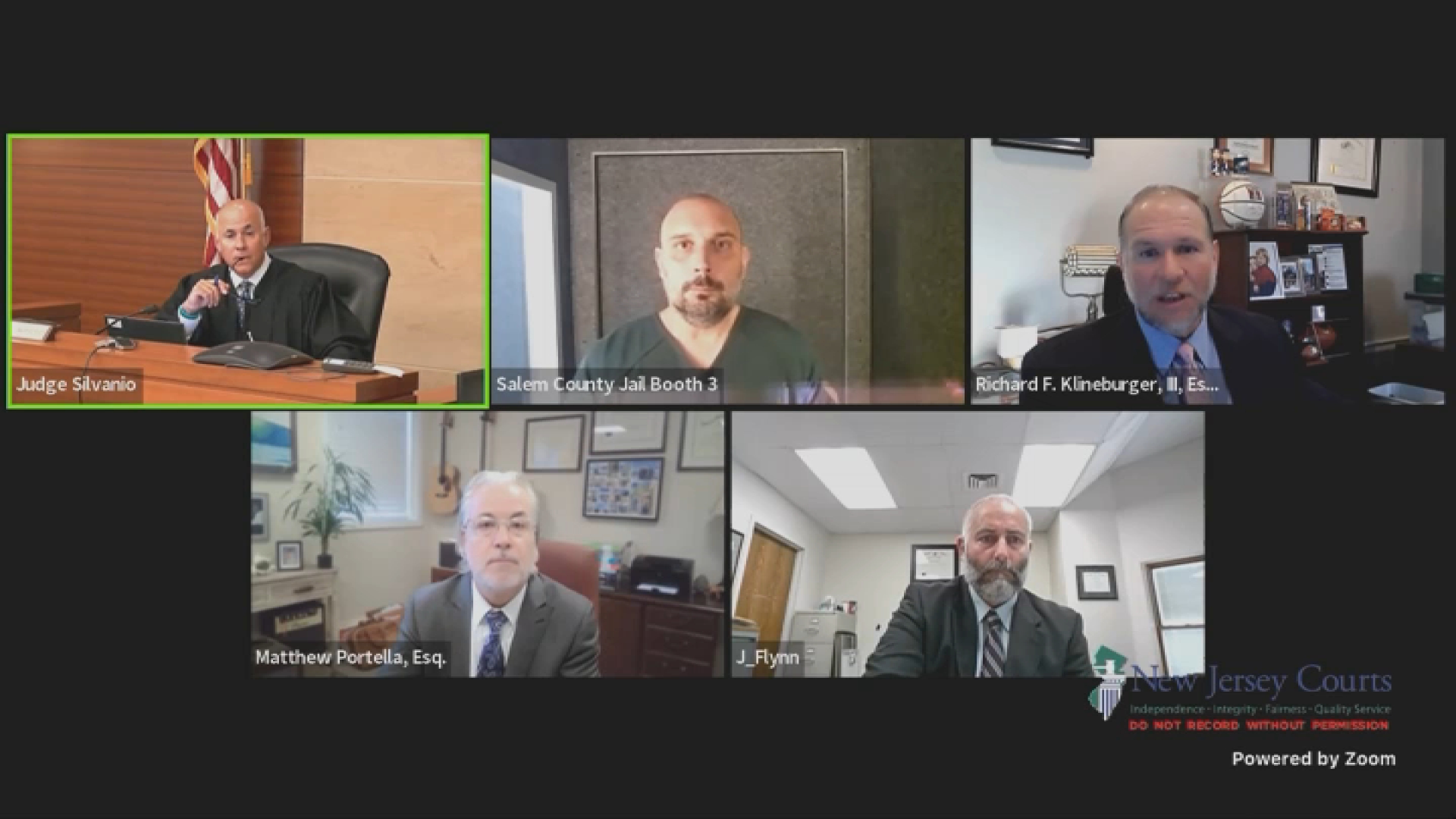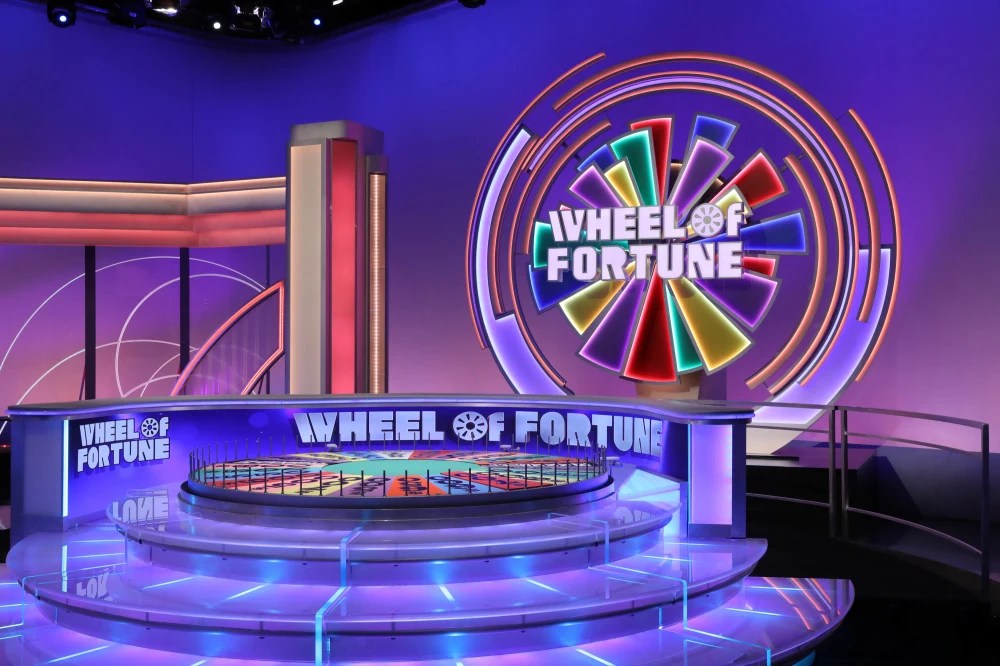“Brat” green arrived out of the blue.
First, it was plastered on a wall in Brooklyn to promote Charli XCX’s June 7 album release.
Then, the color began to spread.
On social media, as “Brat” dominated the Billboard Dance/Electronic charts, users began using the color in their profile pictures and creating memes with it. The color has become so iconic since that it even made appearances at this week’s Democratic National Convention — earlier this summer, Charli XCX posted on X that “kamala IS brat.”
kamala IS brat
— Charli (@charli_xcx) July 22, 2024
The “Brat” album explores themes like womanhood, insecurity and relationships. And for many, having a “Brat” summer is all about being carefree and unapologetically yourself, potentially expressed through bright green and the Arial font.
As the color went viral, businesses, online stores and individuals began cashing in on the trend.
U.S. & World
Laurie Pressman, vice president of the Pantone Color Institute, said people became interested in “unexpected” shades around 10 years ago. And in 2017, the Pantone Color of the Year was “Greenery,” a shade similar to “Brat” green. It symbolized how people wanted to close their laptops and explore nature.
“When I think about this color, it’s spiky. It’s strange,” Pressman said. “You absolutely stop and stare when you see this color. There’s a defiance to it, a rebellion to it.”
She added that when people embrace “Brat” green, they’re essentially saying: “I am who I am. And I want to make a proud and bold statement.”
Charli XCX was one of the first people to market merchandise using the color. Her $60 “Brat” green towel quickly became a meme.
Charli xcx debuts official ‘BRAT’ merchandise. pic.twitter.com/qsCRtoL94D
— Pop Crave (@PopCrave) July 10, 2024
And in the e-commerce era, copycats and new “Brat” products quickly became available on marketplaces across the internet.
On eBay and Depop, a platform used to resell used and vintage clothing, many light-green items are now marketed as being “Brat” green. And on online retailers like Amazon and Etsy, sellers are hawking everything from “Brat”-themed notebooks to throw pillows.
BRAT Kamala shirts already on Fire Island. The gays move SO FAST pic.twitter.com/Zq3e9yctzv
— Michael Del Moro (@MikeDelMoro) July 21, 2024
Artist Megan Jones, who goes by JeganMonesArt on Etsy, sells lime-green lighters that say “kamala is brat” and “it’s so confusing sometimes being a girl” in the Arial font. These lighters are part of a larger “Brat”-themed collection that also includes a tote bag. She also sells items inspired by two other artists who rocketed up the charts this summer, Chappell Roan and Sabrina Carpenter.
According to Jones, who now lives in Pittsburgh, she has already sold over 1,000 of the “Charli lighters” on Etsy and in boutiques across the U.S.
Jones has always liked lime green but acknowledged that Charli XCX’s color choice was “unexpected” for many listeners, helping boost its popularity.
Some customers have even taken the opportunity to customize with their own text. Jones recalled that one person ordered “Brat”-themed lighters with everyone’s names on them for a birthday party. In the order notes, people frequently share their favorite Charli XCX song.
The trend has also made an appearance in restaurants and cafes.
Among the many cafes around the world selling “Brat”-themed matcha is La Clochette in San Diego. The light-green hue of the drink is almost an exact match for “Brat” green.
The first weekend the cafe put the passion fruit-based Iced Brat Matcha on the menu, it sold out, supervisor Amber Rel-Solia said. Customers also often take pictures of the seasonal drinks sign that includes the Iced Brat Matcha.
“For me, [‘Brat’] represents being imperfectly yourself,” Rel-Solia said. “With introducing something like [the Iced Brat Matcha], I feel like it’s just really cool for everyone. It’s about being you.”
There are indications that interest in the trend may have also translated to larger purchases.
According to Auto Trader, a U.K.-based car marketplace, views of green-colored cars grew 24% in June compared to the same time last year and in previous years.
“People are often doing two things now when they’re watching something,” said Laura McNally, a marketing director at Auto Trader. “If they are seeing something, whether it’s [on] the big screen, in the cinema or at home on the TV, they’re looking at what it means and how it connects to their life.”
On average, people buy a new car every three to four years, she said, so it’s not a lifetime commitment.
While McNally said Auto Trader didn’t have any sales data for green cars, she said higher views would likely be associated with more sales. She also suggested there’s an aspirational part of viewing a car.
“People want to go and have a look for a bit of escapism when things are kind of crazy and out of control,” McNally said. “You want to go and see yourself in a ‘Brat’-green car to take yourself from reality for a little while.”
This story first appeared on NBCNews.com. More from NBC News:



